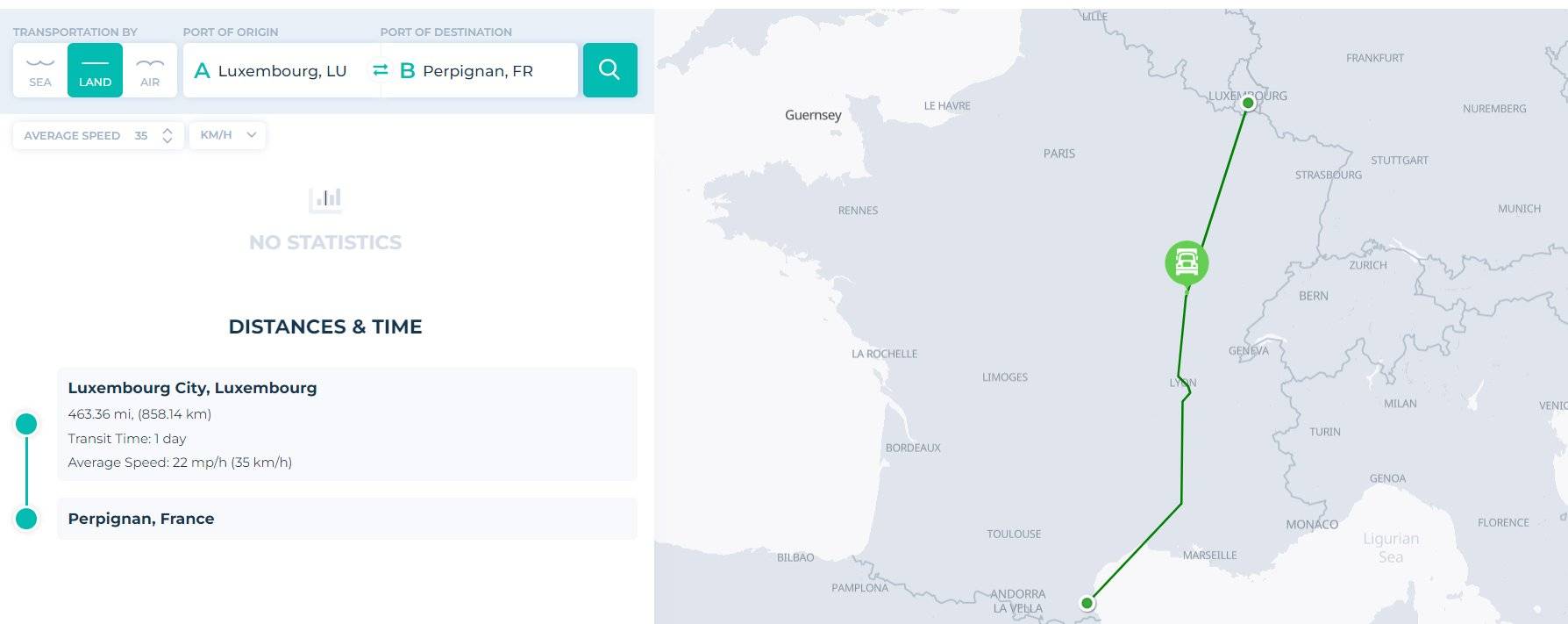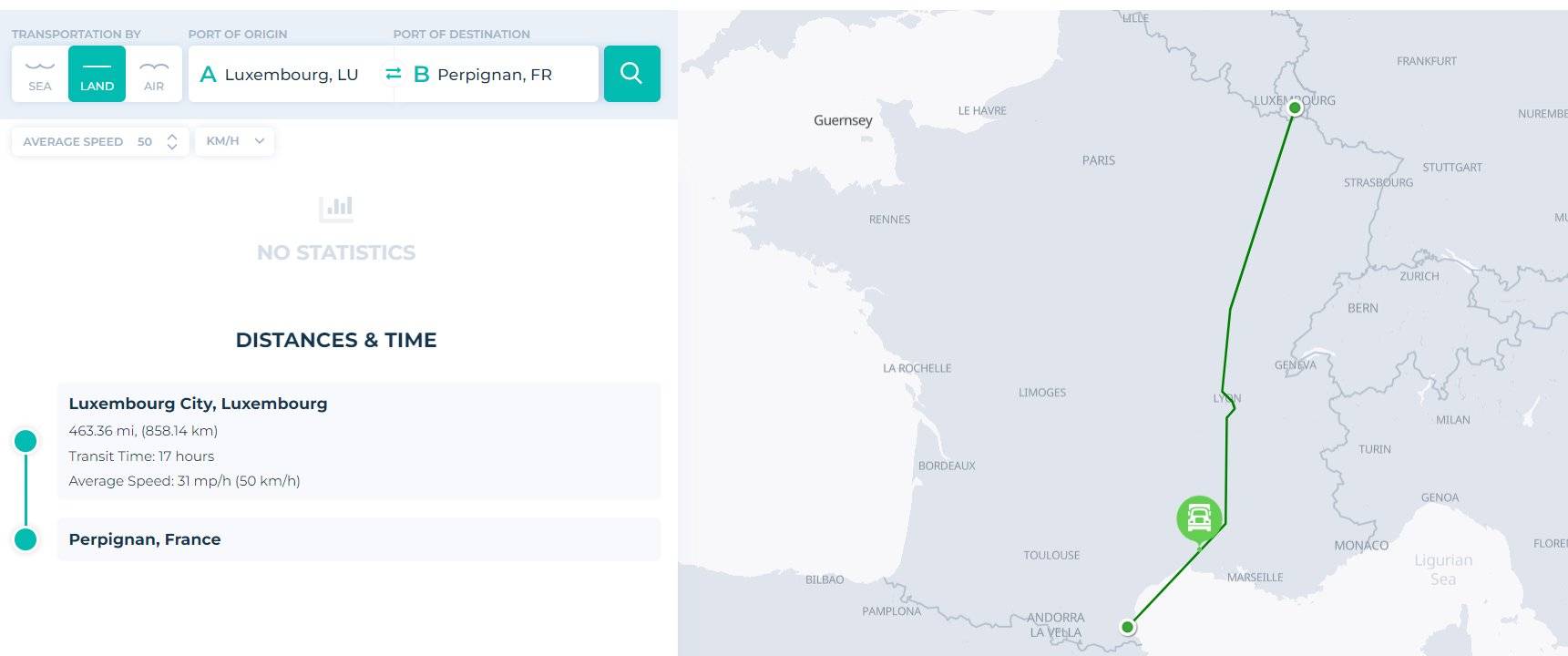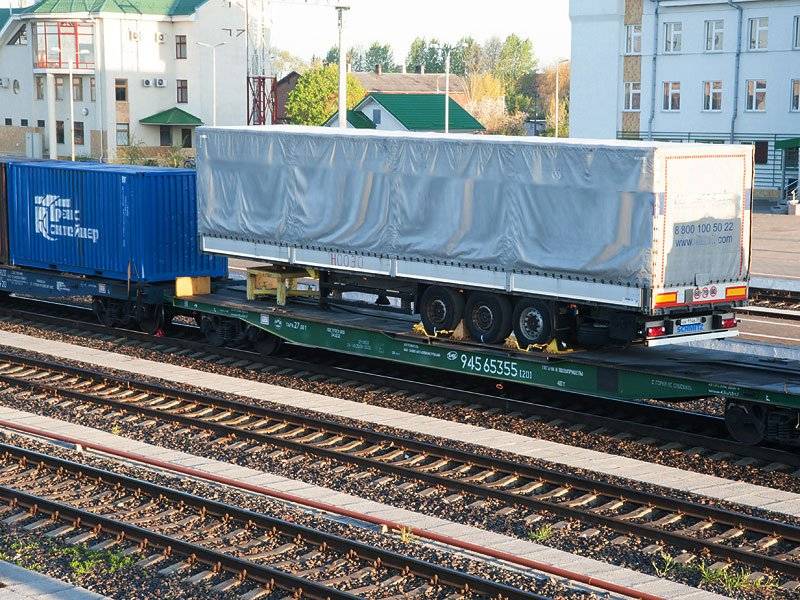While it is hard to deny that rolling a truck on a railroad is unlikely to be convenient. This is the case until the vehicle is placed on the platform. And it was the most simplified explanation of container rail transfers.
Be sure to continue reading to find out the efficiency of this type of delivery. In this article, we will answer certain critical questions about the applicability and relevance of this hybrid way of interacting between rail transport and trucks or trailers.
Definition of container rail delivery: what is its purpose?
Container rail transportation is a form of cooperation between trucking (road) and rail services. Such delivery is carried out along specific routes for road trains and trailers and does not require stops at loading/unloading stations or any transshipment points.
Let's divide container rail transportation into two types:
1) escorted transportation: the driver is in a separate passenger car during transportation on the main line;
2) unaccompanied transportation: no driver-escort. It is used for the delivery of containers, removable cars, trailers, semi-trailers, etc.
It can be argued that the efficiency of unaccompanied container rail transportation is higher, as it allows you to operate more logistics units in time. Hence, there is an urgent need for driving personnel, equipment for departure/arrival points you choose, and infrastructure that can store and handle semi-trailers, trailers, and road trains.
When is there a need?
There are many reasons to take advantage of container rail transportation in your supply chain. Logistics providers face the impact of many of the following circumstances on an almost daily basis:
- environmental challenges due to uncontrolled emissions;
- increased cost of transportation, including due to non-compliance with the work-rest balance of vehicle drivers;
- low speed of cargo delivery due to unoptimized logistics;
- blocking the ability of national producers and carriers to join the regional and global logistics system;
- unprofitable decrease in trade turnover in certain directions due to the lack of effective logistics offers;
- excessive use of highways.
The practical application of the container rail delivery format can be described as follows:
In order to optimize logistics routes, reduce downtime, and ensure that drivers have a rest, container rail transportation is being implemented for some routes where semi-trailers or trucks are loaded onto railroad platforms.
The following countries are successful examples of developed transportation systems, namely the introduction of container rail transportation: France, Switzerland, Austria, Italy, and Germany.
In particular, the route Luxembourg - Perpignan by container rail takes 14.5 hours instead of 17-22 hours by standard truck.
In our Distance & Time tool, you can see many similar route examples by simply changing the "Average speed" value and getting new accurate results for the selected directions.
Case 1. Land transportation from Luxembourg, LU, to Perpignan, FR. Select an approximate average truck speed of 35:

Case 2. Container rail transportation from Luxembourg, LU, to Perpignan, FR. Select an approximate average speed of 50:

On the routes from Italy to Germany, there is a highway for container rail transfers through the Alps, which is filled with more than 100 thousand trucks on platforms every year.
Usage challenges
However, not all regions can expand the use of container rail freight. What are the obstacles to simplifying logistics? Let's look at the reasons below:
- Problems with optimizing schedules of container rail routes or multimodal transportation (which leads to an imbalance in the goods flow);
- Difficulties in passing customs control;
- Lack of agreement between carriers or freight forwarders on the regulation and coordination of multimodal transportation (delivery by different modes of transport);
- Lack of an adequate level of provision of the necessary infrastructure (loading/unloading equipment, a sufficient number of fitting platforms - railway rolling stock for container transportation, etc.)
Given the above, you will not find container rail services in any country in the world. This kind of transportation is not widespread everywhere, but it does not make it less convenient or worthwhile to route your cargo through such highways. Consider all the advantages in more detail.
Advantages of implementation
What are the reasons for promoting container rail transportation, and how does it influence international carriers?
- Faster delivery is achieved by improved interaction between different modes of transport, such as container rail;
- Container rail transportation is also a component of environmental initiatives for congested transportation hubs;
- Reducing the cost of deliveries by providing a resting period for the driving staff;
- Convenience in loading/unloading operations, as container rail reduces the time for cargo handling;
- Optimization of logistics by such means serves to regulate the load of cargo flows on highways, partially taking them to the railways;
- The diversification of transportation systems around the world contributes to the development of intermodal and multimodal deliveries on international routes;
- Ensuring standardization of transportation through countries with developed highways and container rail transportation services.
Summarizing up
The modern variety of methods for optimizing the post-supply chain has a significant positive impact on global trade. Analyzing the necessity and benefits of container railways, the need for the development of transport infrastructure, and your involvement in such forms of international logistics development becomes more obvious.
Container rails are designed to help carriers and shippers achieve flexibility in managing inventory and the entire supply chain with more efficient logistics solutions.
Any obstacles that come your way, such as various nuances in the custom insurance and cargo permit systems in the countries of your container rail transportation, should be referred to the SeaRates team for further solving.
Get in touch with us at [email protected] to get assistance in managing your supply chain throughout all stages.

